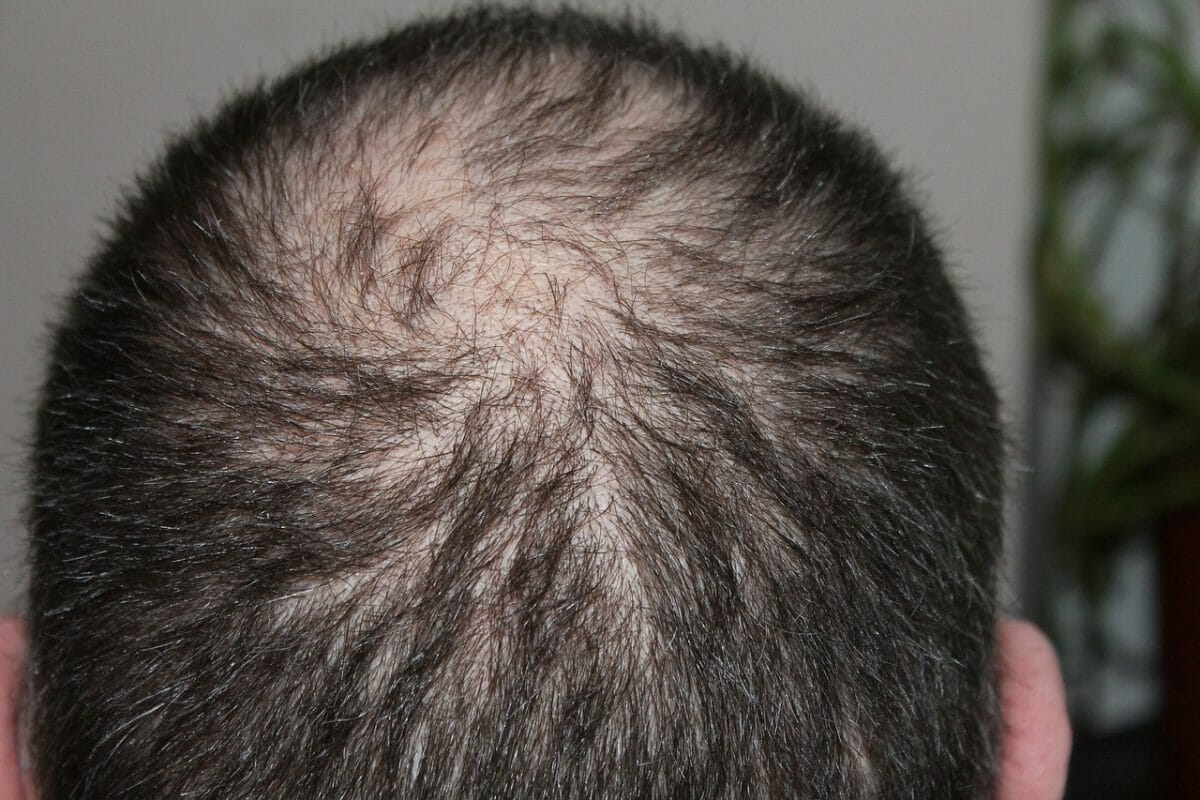When it comes to hair loss, many factors can play a role, including genetics, lifestyle, and hormones. While it’s a topic that often sparks concern and worry, understanding the hormonal connection to male hair loss can shed some light on this common condition. Dr Epameinondas Bonaros, a renowned expert in the field, has extensively studied the impact of hormones on our luscious locks. So, let’s dive into the fascinating world of hormones and their influence on hair loss.
The Role of DHT in Hair Loss
Dihydrotestosterone, or DHT for short, is a hormone derived from testosterone. While testosterone is typically associated with male characteristics, including facial hair and muscle development, it’s the conversion of testosterone into DHT that plays a crucial role in hair loss.
In individuals genetically predisposed to hair loss, DHT can bind to hair follicles, leading to their shrinkage and eventual cessation of hair production. This process is known as miniaturization and is often the underlying cause of male pattern baldness.
Understanding Testosterone’s Influence
Testosterone, often referred to as the “male hormone,” can have both positive and negative effects on hair growth. While it contributes to the development of body and facial hair during puberty, an excessive amount of testosterone can lead to hair loss in susceptible individuals.
When testosterone interacts with the enzyme 5-alpha reductase, it gets converted into DHT. This conversion process can vary from person to person, explaining why not all men experience hair loss to the same degree.
Hormonal Changes and Hair Loss
Hormonal changes throughout life can also impact hair growth patterns. For example, as men age, their testosterone levels tend to decrease. While this decline is a natural part of the aging process, it can influence the hair’s growth cycle and result in hair thinning or loss.
Additionally, hormonal fluctuations caused by stress, illness, or certain medications can disrupt the delicate balance of hormones in the body, potentially leading to temporary hair loss. Thankfully, in most cases, once the underlying cause is addressed, hair growth typically resumes.
Exploring Treatment Options
While we cannot alter our genetic makeup or completely stop the production of DHT, several treatment options can help slow down hair loss and promote hair regrowth.
One common approach is the use of medications such as finasteride and minoxidil. Finasteride works by blocking the conversion of testosterone into DHT, while minoxidil stimulates hair growth and extends the growth phase of the hair follicles. These medications can be effective in preventing further hair loss and improving hair density when used as directed under the guidance of a healthcare professional.
In more advanced cases, hair transplantation procedures, such as follicular unit extraction (FUE) or follicular unit transplantation (FUT), can be considered. These procedures involve transferring healthy hair follicles from one area of the scalp to the thinning or balding areas, resulting in a fuller head of hair.
Maintaining a Healthy Lifestyle
While hormones certainly play a significant role in hair loss, it’s essential to remember that lifestyle factors can also influence the health of our hair. Practicing good hair care habits, including regular washing, avoiding excessive heat or chemical treatments, and eating a balanced diet rich in vitamins and minerals, can contribute to overall hair health.
Conclusion
Understanding the hormonal connection to male hair loss can provide valuable insights into the complex processes that occur within our bodies. While hormones like DHT and testosterone can contribute to hair loss, there are various treatment options available to help slow down the process and promote hair regrowth. Remember, maintaining a healthy lifestyle and seeking guidance from healthcare professionals can go a long way in maintaining a luscious head of hair. So, embrace your uniqueness and confidently rock whatever hair you have!

